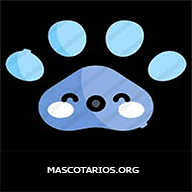Content |
|---|
History
The Otterhound It is a very old breed of dog from United Kingdom, has, among many other mixtures- within their ancestors to the race Airedale Terrier.
The name of this precious woolly, It just comes to the task for which it was created: the House of otters. This dog has a smell nearly as well developed as the Bloodhound. This breed was developed in England.
But like all dog breeds, changes and social advances always bring consequences in the case of Otterhound, It happened that the Otter hunting was banned in England, and if so few copies of this breed, with this ban the race saw very committed his existence.
Though, To avoid its extinction some race fans what they did was focus the hunting instinct of the Otterhoundtowards other types of prey.
The Otterhound It is a dog specializing in otters, extremely difficult and dangerous job.
Some experts suggest that the danger of the Otterhound is similar to the extinction of the Panda Bear.
It is a very small breed, It is estimated that they there are around 1.000 Otterhound in the world, of which from 350 and 400 they are in the U.S.. Even at the beginning of the 20th century, When was Otter hunting a popular sport, the Otterhound they were never numerous.
Today, this breed is considered as the most threatened by endangered United Kingdom, There are only 51 specimens born in 2006. Are on the list of most vulnerable native breeds of the UK Kennel Club and programmes are being carried out to save the race.
Physical characteristics
The Otterhound, is a dog large and strong, sometimes we could say, incombustible. It is capable of spending all day hunting in the water or running around the field, without showing even the slightest index of exhaustion.
It has a head big and strong with well marked bone.
Their eyes, intelligent and lively expression, vary in color depending on the coat. The ears, they are long, them it is hanging at the height of the eyes. They are set high and have a characteristic fold of the breed..
The tail, high insertion it takes her upright always to pay attention a State of alert, but when it is resting her leads hanging.
The hair of the Otterhound is long, has a length of 4 to 8 cm approximately. The mantle is double layer, the outdoor hair is dense, hard and waterproof and should be rough to the touch. The internal layer It is notorious and touch gives a feeling oilseed.
While, measures with respect to the height and weight, vary according to the club as a consensus we could say that the height the cross in the males is of approximately 69 cm and the females of 61 cm..
The average life expectancy the race is a little more than 10 years. A quarter tends to live in 12 to 15 years. Y, the case of a copy which he lived has been known to the 16 years of age.
Character and skills
The Otterhound, is a Hound very versatile, is generally used for the House of large dams, both individually and in a pack.
Its temperament It friendly and balanced, as long as you have enough physical exercise especially everything related to water, enjoy a lot swimming.
The Otterhound enjoy exercise, the routine. They are very good companion dogs for the family, but they must be kept in a secure property, that can jump fences of up 5 metres in height. They are not at all appropriate for life in apartment.
It is a excellent swimmer, he chased the otters swimming, using only the trail of bubbles that were leaving them diving as track.
This dog is a highly specialized breed who instinctively knows what has to do. Perhaps that is why they are a little stubborn and not always obedient.
They need plenty of exercise, preferably swimming. It is a working dog and needs to maintain a series of obligations or activities, a well-marked routine to avoid boredom and the emergence of destructive behaviors.
A good training is key to keep happy the dog and the family.
Observations
Despite having fame of stubborn, with a proper training is usually used also in civil defence tasks.
Otterhound Images
Otterhound Videos
Type and recognitions:
- FCI CLASSIFICATION: 294
- Group 6: Scent hounds, and related breeds.
- Section 1.1: Large-sized hound-type dogs.. Without working trial..
Federations:
- – FCI – Group 6: Scent hounds, and related breeds. – Section 1.1: Large-sized Hounds. ⓘ
- – AKC – Hound ⓘ
- – ANKC – Group 4 (Hounds) ⓘ
- – CKC – Group 2 – Hounds ⓘ
- – KC – Hound ⓘ
- – NZKC – Hound ⓘ
- – UKC – Scenthounds ⓘ
FCI breed standard "Otterhound"
Alternative names:
1. Otterhound (English).
2. Otterhound (French).
3. Otterhound (German).
4. Otterhound (Portuguese).
5. Otterhound (español).
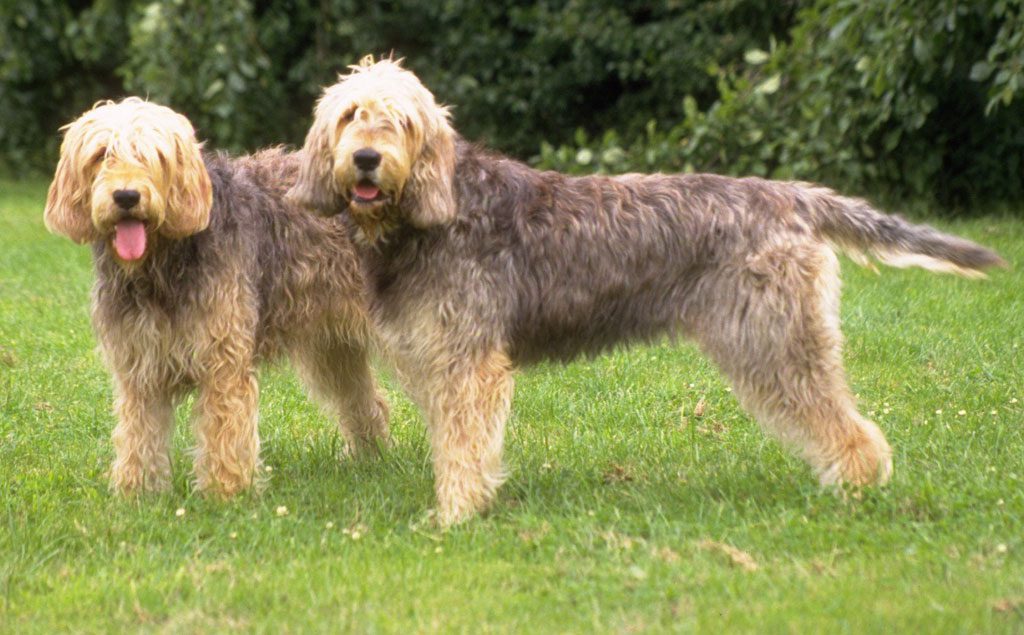
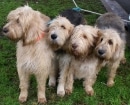
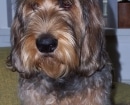
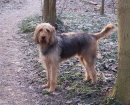
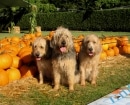
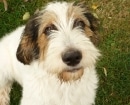


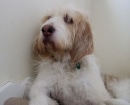
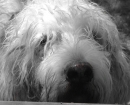


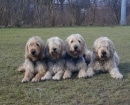
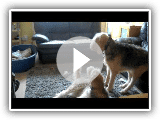 Rocky the Otterhound: Otterhounds got Talent.
Rocky the Otterhound: Otterhounds got Talent.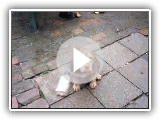 Otterhound House Wreckers_0001.wmv
Otterhound House Wreckers_0001.wmv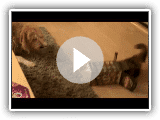 Rocky the Otterhound: Cat in a box
Rocky the Otterhound: Cat in a box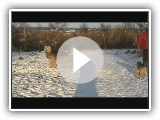 Oscar Otterhound rooing.avi
Oscar Otterhound rooing.avi